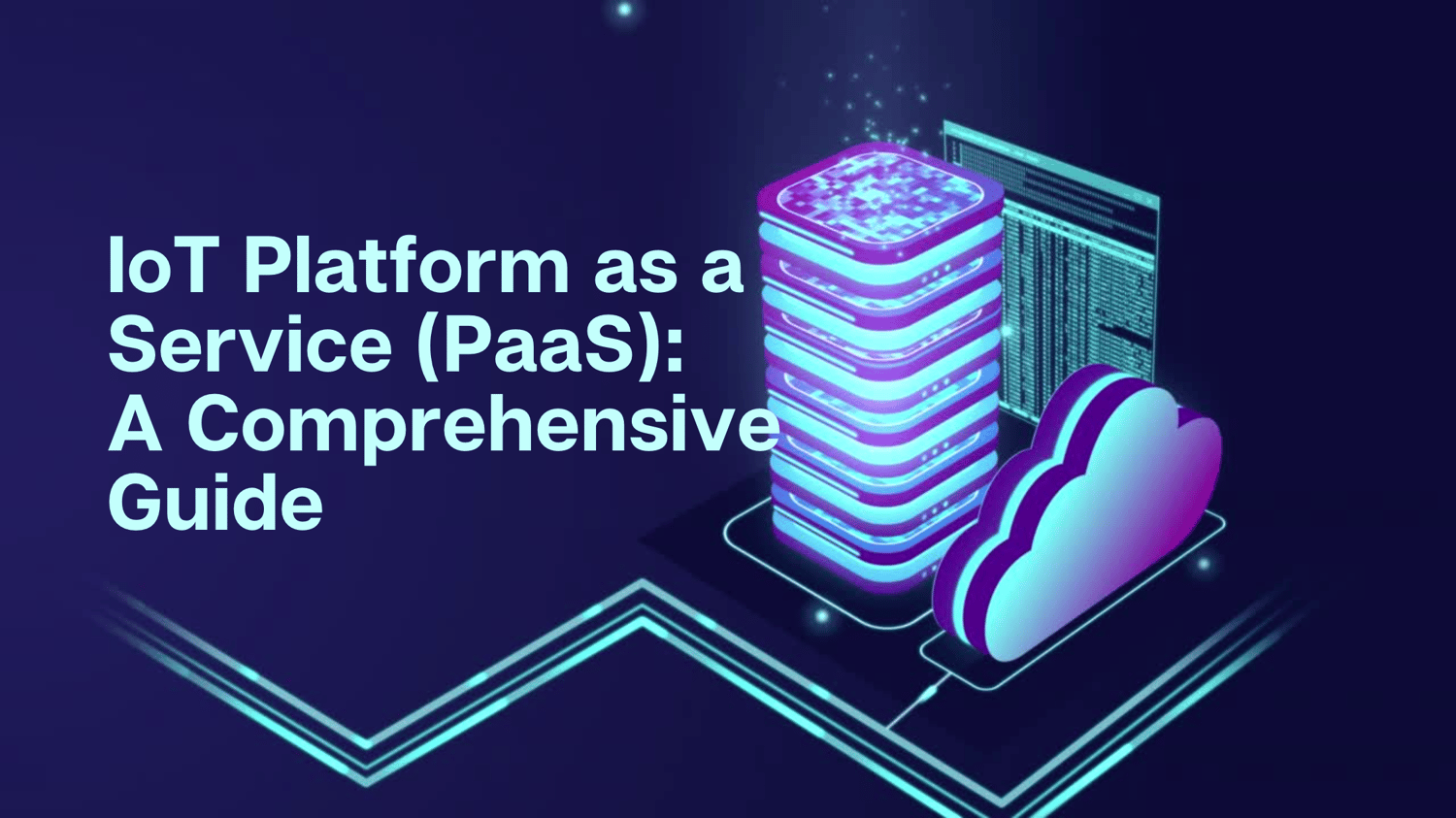
The Internet of Things (IoT) has become more prevalent in various industries as technology advances. IoT is the interconnection of physical devices, vehicles, home appliances, and other objects embedded with electronics, software, sensors, and connectivity to exchange data with other devices and systems over the internet. With IoT, businesses can automate various processes, optimize operations, and enhance overall performance. Companies require an IoT platform to connect, manage, and analyze their devices and data to leverage these benefits. This is where IoT Platform as a Service (PaaS) comes in.
What is an IoT Platform as a Service?
IoT Platform as a Service (PaaS) is a cloud-based platform that enables businesses to develop, deploy, and manage IoT applications without needing infrastructure management. IoT PaaS provides a robust and scalable infrastructure to handle the massive amounts of data IoT devices generate. The platform offers tools and features like data storage, analytics, security, and device management to help companies streamline their IoT operations.
Benefits of IoT Platform as a Service
Implementing IoT PaaS can benefit businesses in several ways. Here are some advantages of IoT PaaS:
Cost Savings
IoT PaaS eliminates the need for companies to invest in and maintain expensive infrastructure. The cloud-based platform offers a cost-effective way to develop and deploy IoT applications.
Scalability
IoT PaaS enables businesses to scale their operations up or down easily. As the number of IoT devices increases, the platform can handle the additional workload without any disruption.
Faster Time-to-Market
With IoT PaaS, businesses can quickly develop and deploy IoT applications, reducing time-to-market. This allows companies to stay competitive and capture opportunities as they arise.
Improved Analytics
IoT PaaS provides advanced analytics tools that enable businesses to derive insights from the massive amounts of data generated by IoT devices. These insights can help businesses make better-informed decisions and optimize their operations.
Features of IoT Platform as a Service
IoT PaaS offers various features and tools that help businesses manage their IoT operations effectively. Here are some of the critical elements of IoT PaaS:
Device Management
IoT PaaS provides device management tools that allow businesses to monitor and manage their IoT devices. The platform can track the device's location, status, and performance, enabling companies to identify and fix issues promptly.
Data Analytics
IoT PaaS offers advanced analytics tools that enable businesses to analyze the data generated by IoT devices. The platform can derive insights from the data, helping companies optimize their operations and make better-informed decisions.
Security
IoT PaaS provides robust security features to protect businesses from cyber threats. The platform can encrypt data, monitor network traffic, and detect and prevent unauthorized access.
Integration
IoT PaaS offers integration tools that enable businesses to integrate their IoT applications with other enterprise applications. This helps companies streamline their operations and increase efficiency.
Best Practices for Implementing IoT Platform as a Service
Here are some best practices for implementing IoT PaaS:
Define Goals
Before implementing IoT PaaS, businesses must define their goals and requirements. This will help them select the right platform and ensure it aligns with their business objectives.
Choose the Right Platform
Businesses should select an IoT PaaS that meets their specific requirements. Factors to consider when choosing a platform include scalability, security, data analytics, and integration capabilities.
Ensure Data Privacy
As IoT devices generate massive amounts of data, it's essential to maintain data privacy. Businesses should implement data encryption, access controls, and other security measures to protect sensitive data.
Train Employees
IoT PaaS requires specialized knowledge and skills to use effectively. Therefore, training employees on how to use the platform and implement best practices to ensure that the IoT applications run smoothly is crucial.
Test and Validate
Before deploying IoT applications, businesses should test and validate them thoroughly. This helps identify issues and ensure the applications meet the desired performance and quality standards.
Challenges of IoT Platform as a Service
Despite its benefits, implementing IoT PaaS comes with some challenges. Here are some of the key challenges businesses may face:
Complexity
IoT PaaS can be complex to implement, requiring specialized skills and expertise. Businesses may need to hire additional staff or partner with a third-party provider to manage the platform effectively.
Integration Issues
Integrating IoT applications with other enterprise applications can be challenging. Businesses must ensure that the IoT PaaS they choose integrates seamlessly with their existing systems.
Security Concerns
Security is a significant concern as IoT devices generate massive amounts of data. Businesses must implement robust security measures to protect sensitive data from cyber threats.
Conclusion
IoT Platform as a Service (PaaS) provides a robust and scalable infrastructure for businesses to manage their IoT operations effectively. With IoT PaaS, companies can develop, deploy, and manage IoT applications without infrastructure management. The platform offers tools and features like data storage, analytics, security, and device management to help companies streamline their IoT operations. Implementing IoT PaaS can result in cost savings, scalability, faster time-to-market, and improved analytics. However, implementing IoT PaaS also comes with challenges like complexity, integration issues, and security concerns.
FAQs
- What is IoT Platform as a Service (PaaS)?
- IoT Platform as a Service (PaaS) is a cloud-based platform that enables businesses to develop, deploy, and manage IoT applications without needing infrastructure management.
- What are the benefits of IoT PaaS?
- Implementing IoT PaaS can result in cost savings, scalability, faster time-to-market, and improved analytics.
- What are some critical features of IoT PaaS?
- IoT PaaS offers device management, data analytics, security, and integration tools.
- What are some best practices for implementing IoT PaaS?
- Businesses should define their goals, choose the right platform, ensure data privacy, train employees, and test and validate before deploying IoT applications.
- What are some challenges of implementing IoT PaaS?
- Challenges include complexity, integration issues, and security concerns.
- Give an example of IoT PaaS.
- FAVORIOT is one example that offers IoT PaaS to the developer community and companies.


